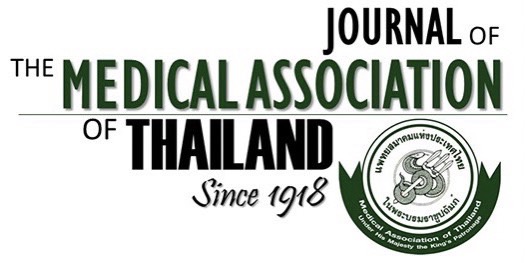Outcome of Status Epilepticus in Srinagarind Hospital
Somsak Tiamkao MD*, Panit Suko MD**, Nattakarn Mayurasakorn MD**, Srinagarind Epilepsy Research Group***
Affiliation : * Division of Neurology, Faculty of Medicine, Khon Kaen University, Khon Kaen, Thailand ** Department of Medicine, Faculty of Medicine, Khon Kaen University, Khon Kaen, Thailand *** Srinagarind Hospital, Faculty of Medicine, Khon Kaen University, Khon Kaen, Thailand
Status epilepticus (SE) is one of the common neurological emergencies in adults and for which morbidity and mortality are high and associated with either inappropriate management or underlying diseases. Forty SE patients were included (23 men; 17 women) between 18 and 86 years of age. Generalized convulsive status epilepticus (GCSE) was most common (34 events, 85%) vs. non-convulsive status epilepticus (NCSE) (6 events, 15%). Nineteen patients (47.5%) had previously diagnosed neurological disorders. Antiepileptic drug withdrawal, encephalitis and alcohol-related illness were the common causes of SE. Thirteen patients (32.5%) developed refractory status epilepticus. Improper management was found in 23 events (57.5%). Outcomes of SE included death (14, 35%), complete recovery (14, 35%) and partial recovery (12, 30%). Of the patients who experienced improper management 43.5% died over against the 23.5% who died despite proper management. To improve the outcome of SE, a public information campaign on the management of SE is needed.
Keywords : Status epilepticus, Outcome, Proper management



